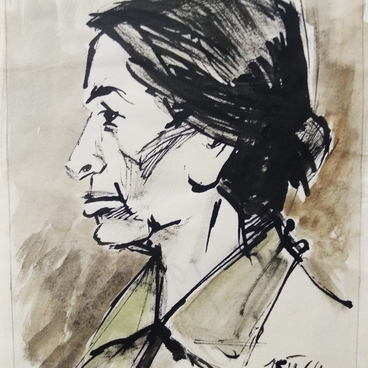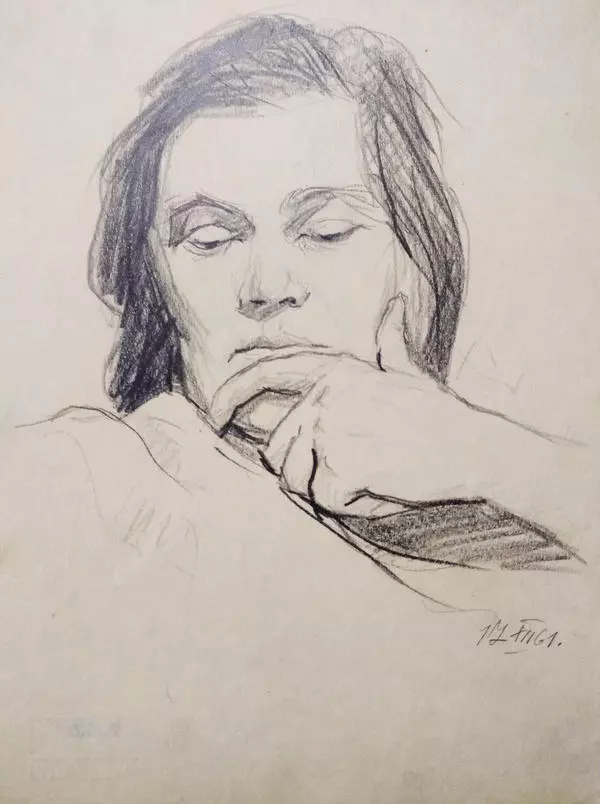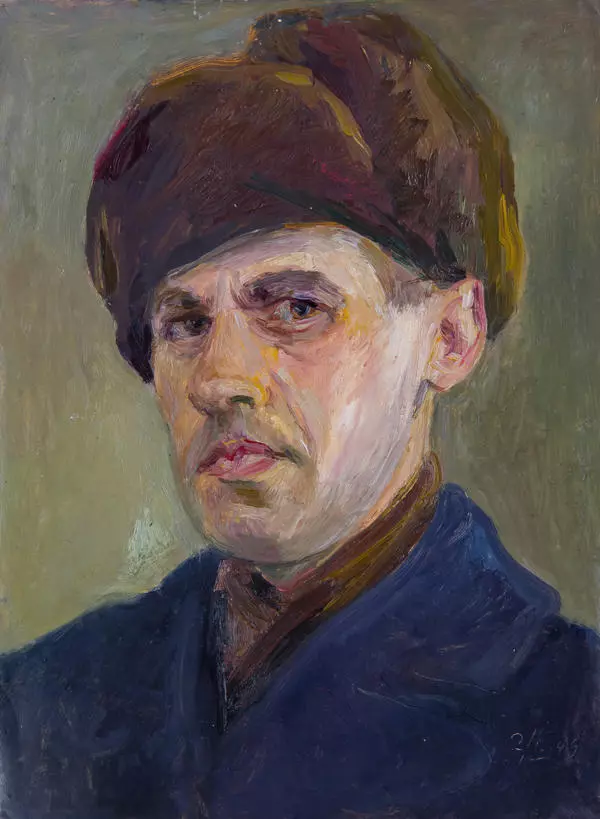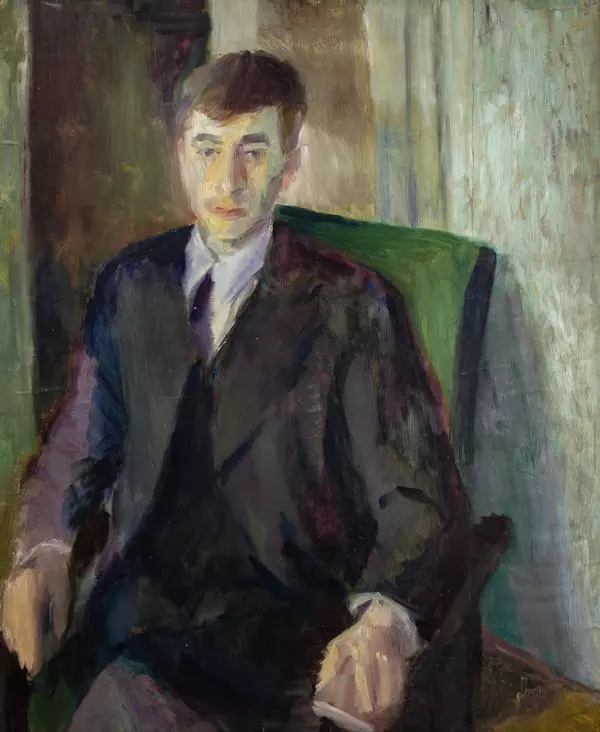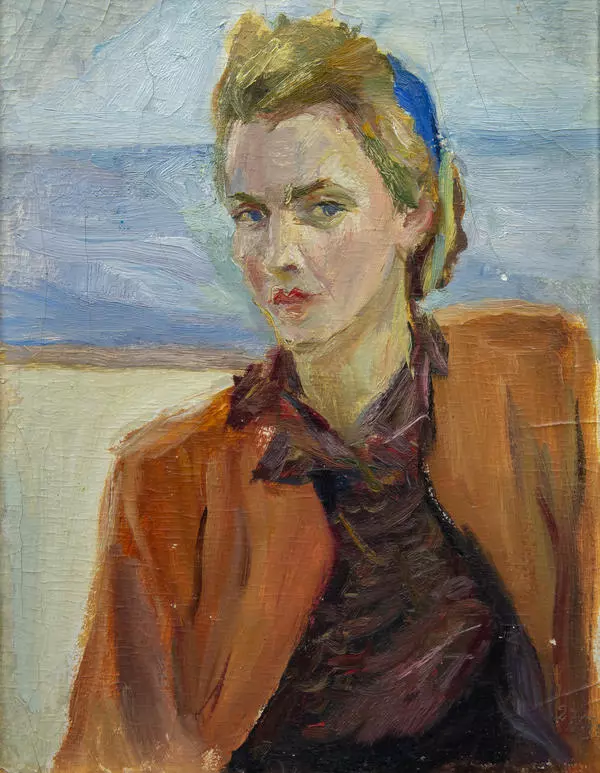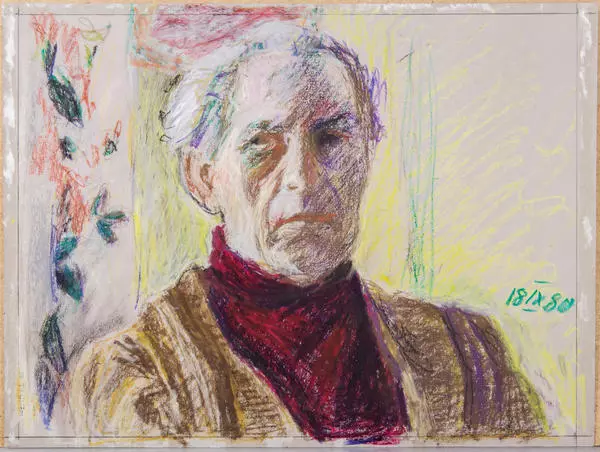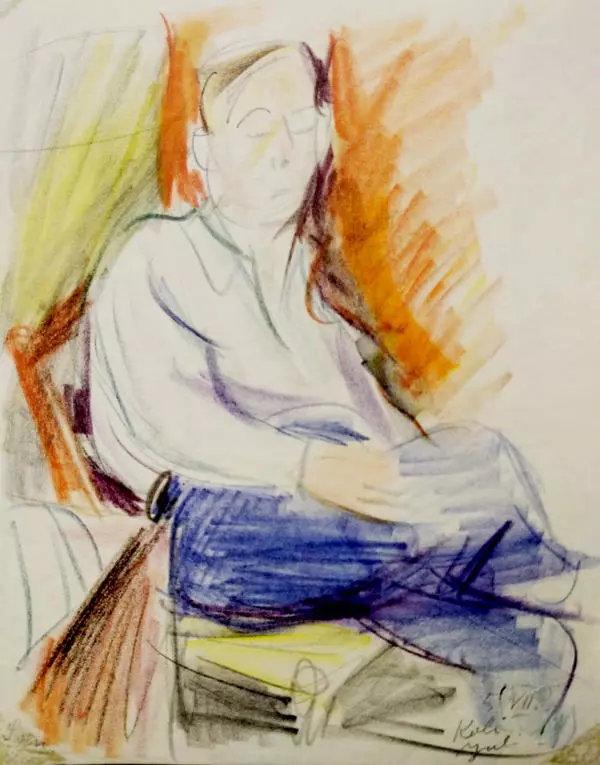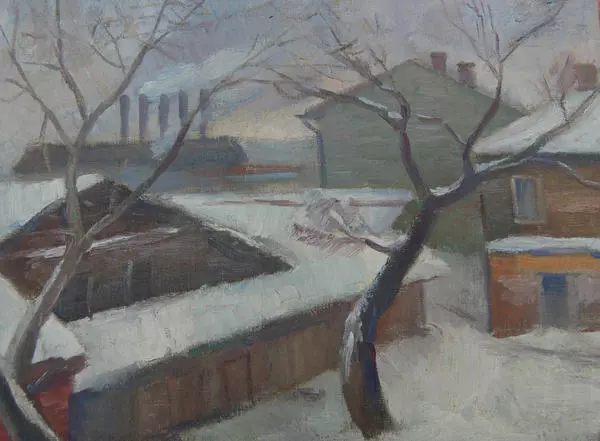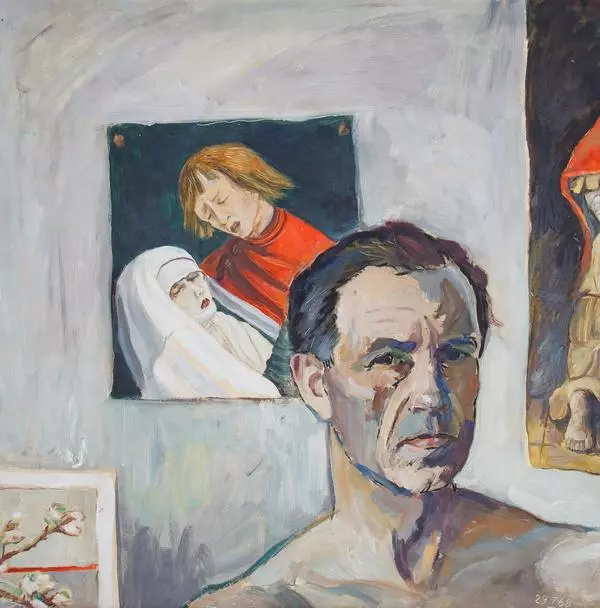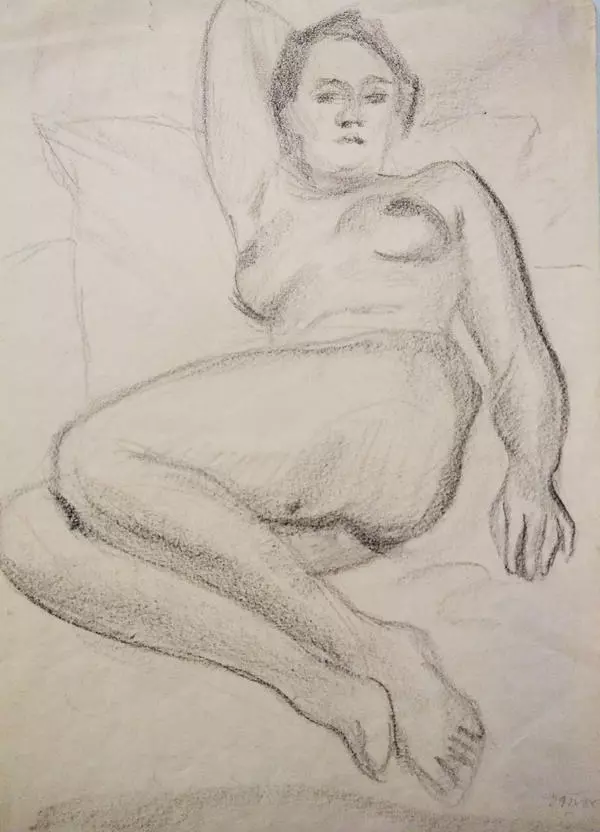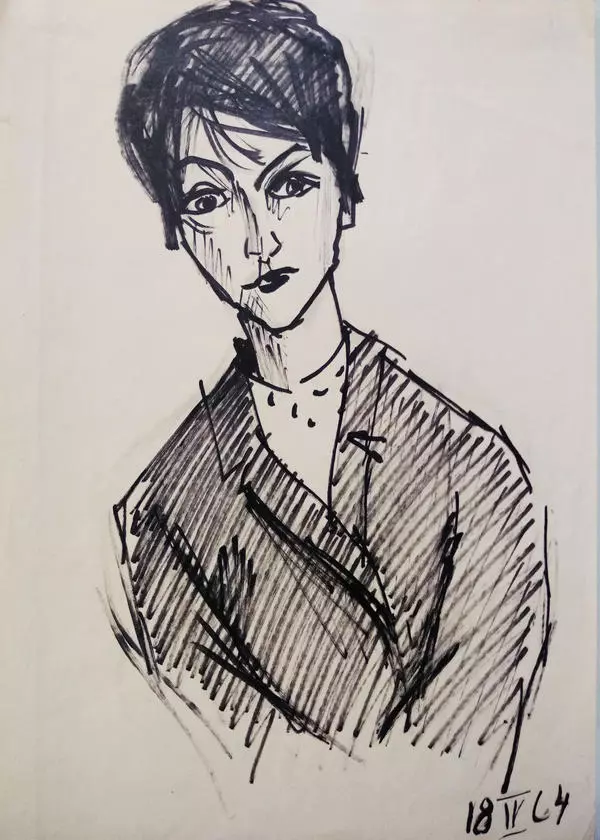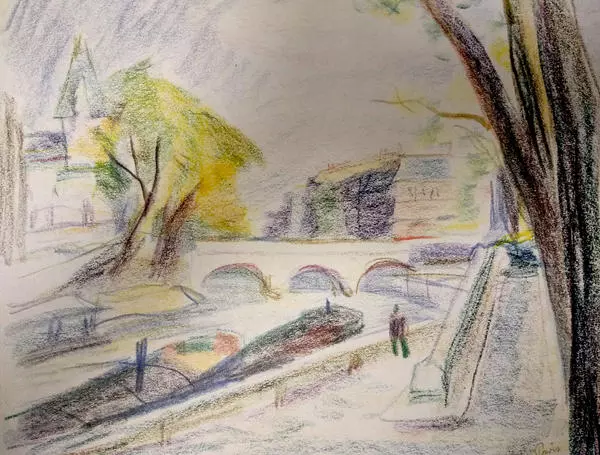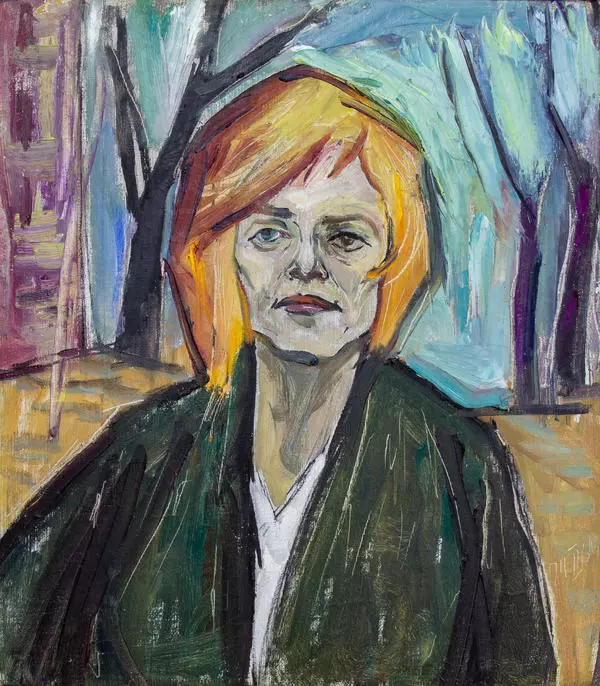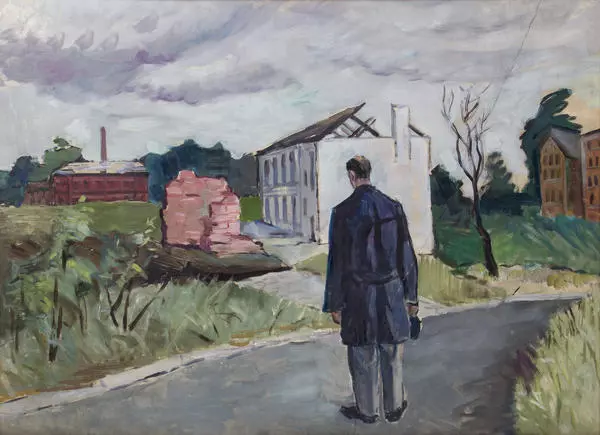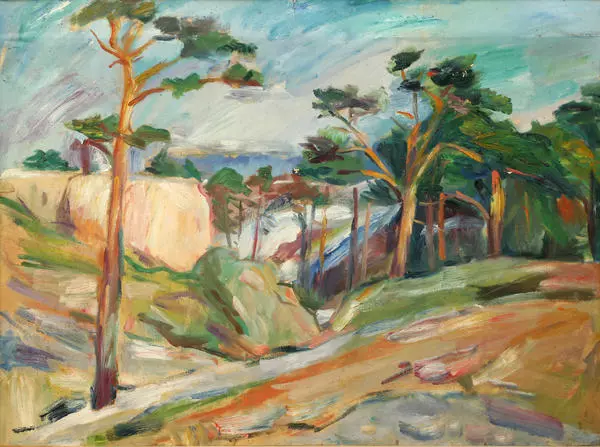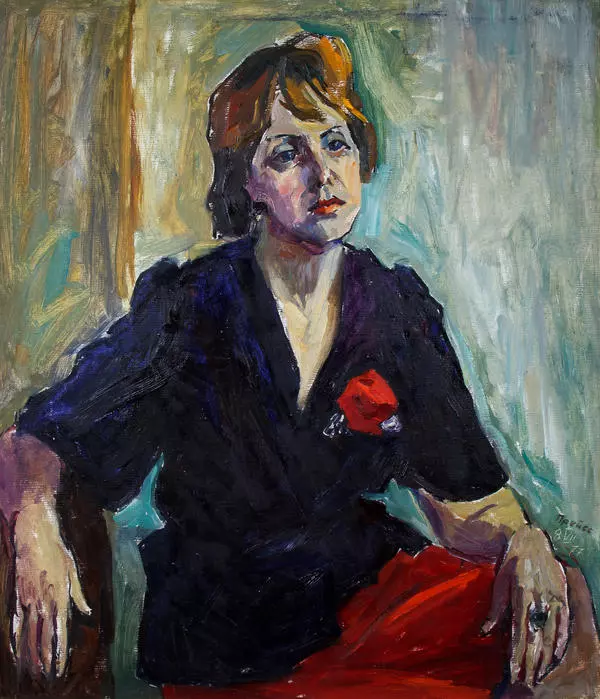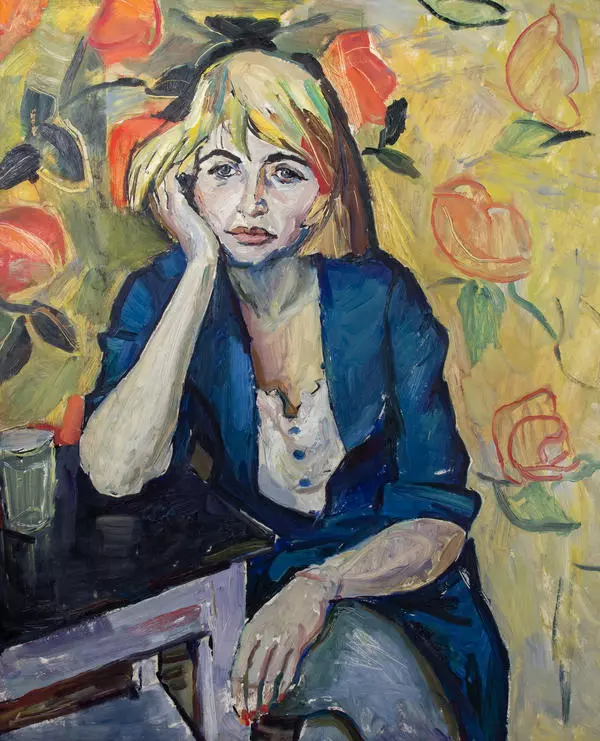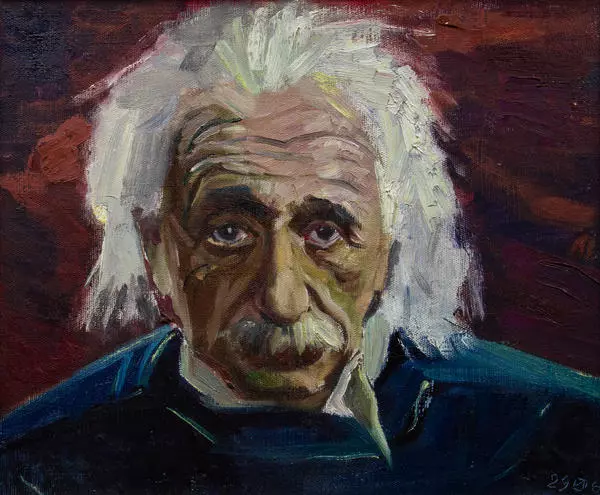Jurgis Preuss (1904–1984) was born in Königsberg. Having married Gertrude Gennis, a German communist and intelligence agent, later he himself became a Soviet spy. In the 1930s, the couple went to many European countries with special assignments from the party and in the early 1940s moved to the USSR. Shortly afterwards, like all other Germans who lived in the Soviet Union, they were exiled to Siberia where Gertrude died of tuberculosis. After the artist was released from the internment camp, he first lived in Tomsk and then in Kemerovo. It is in Kemerovo that he had one of the most fruitful and lengthy periods of his life.
The Kemerovo period in Preuss’ artistic life (1956–1984) was fairly positive and quiet. During the time known as the “thaw”, the artist experienced another creative elan going back to the manner similar to expressionist painting. It was only in the 1980s that a decline in Jurgis Preuss’ creative work began - his eyesight had been rapidly degrading. In one of his letters, he wrote: ‘There is nothing interesting in my life any more. If sometimes I can work a little, that’s good. My eyesight is very poor… It is very depressing. My eyes are not sharp, no three-dimensional vision any more. It is my great misfortune’.
The artist found a way out of the unfortunate situation by turning to abstract painting. The work entitled A Thermonuclear War Landscape was done in 1981. Unlike Preuss’ early works imbued with optimism, this landscape is devoid of any correlation with reality, it is no more than a convention. The artist’s palette is clearly dominated by one tone creating the feeling of anxiety. Just a couple of ruins of the erased civilisation can be seen in the picture. Thus, the circumstances of the master’s life changed his vision – it had become tragic and hopeless, marked by the premonition of impending death.
The apocalyptic image created by Preuss is enhanced by his rigid expressive manner. We see stark contrasts, deep ashen tones, and dominance of the black colour. All the features that used to make the artist’s works lively and dynamic convey but a nervous excitement here. The work is done in oil pastels, which the artist chose due to ease of use compared to oil painting.


